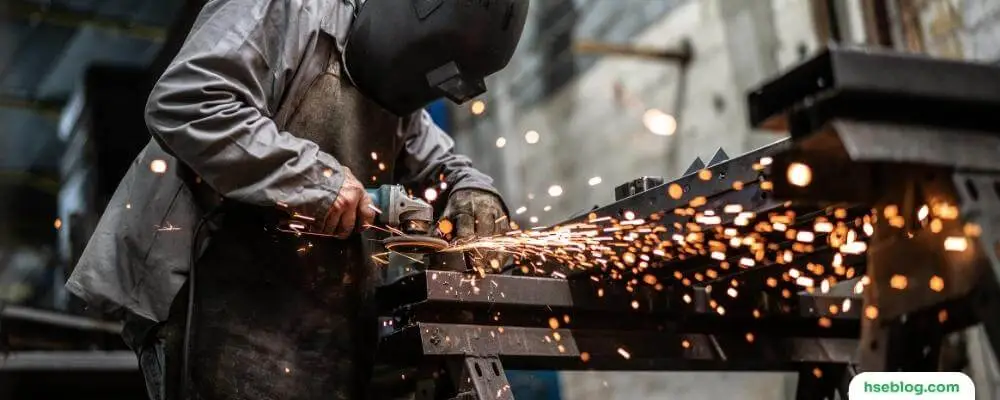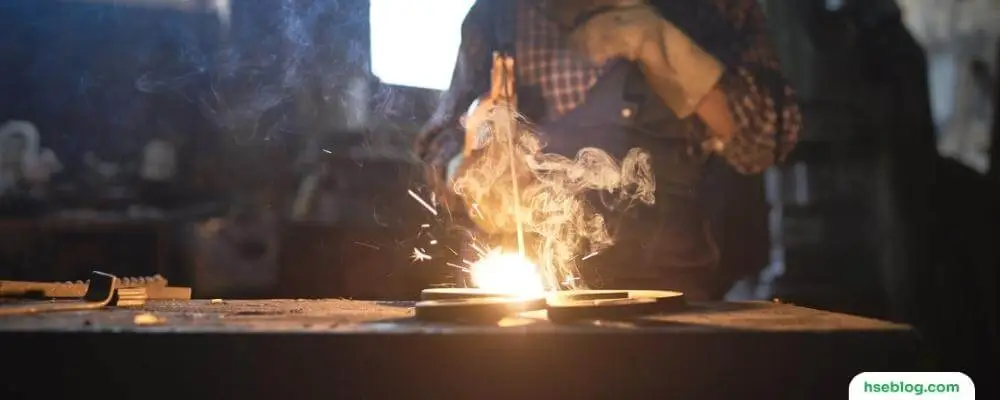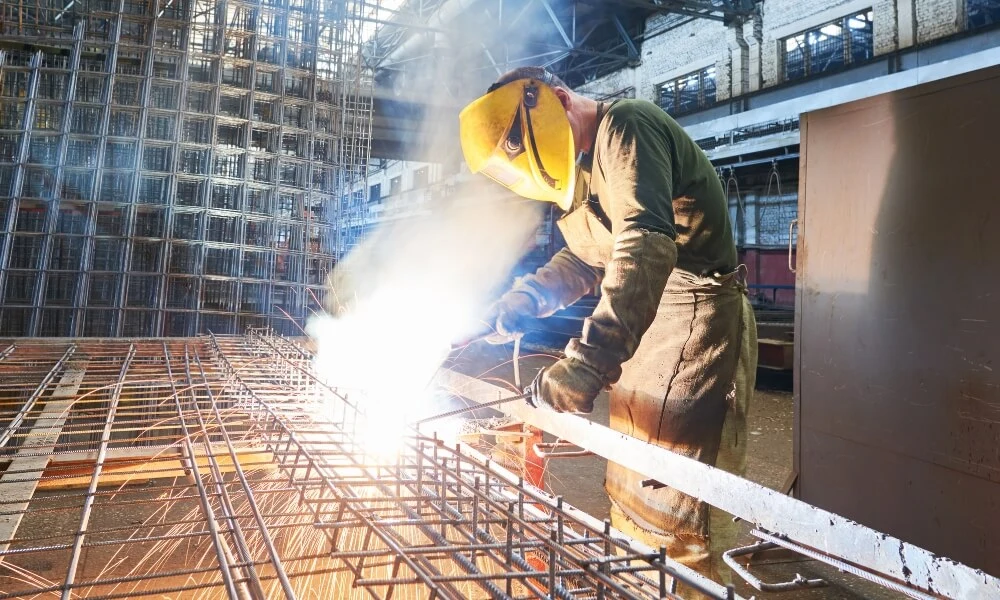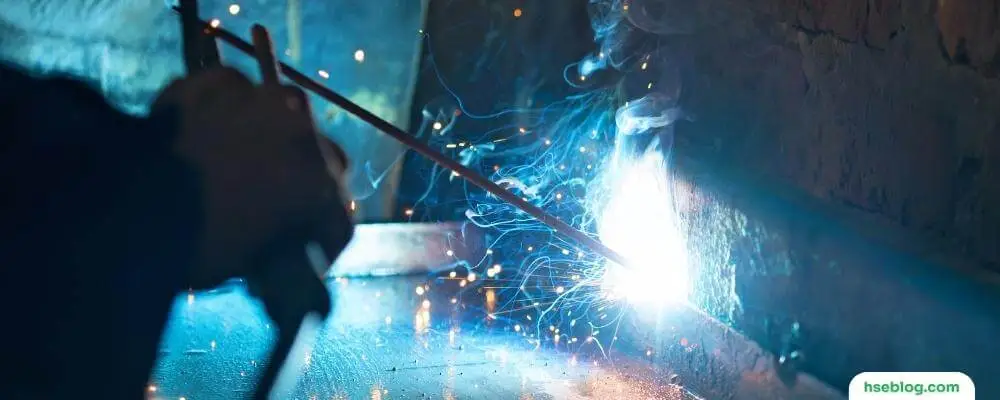Welding is an indispensable skill in numerous industries, such as construction, automotive repair, and manufacturing. However, it is a craft that combines electricity, heat, and chemicals to fuse metals, which inevitably presents various risks and dangers, particularly for those who engage in welding operations. Among the many hazards that welders face, burns are among the most common and potentially severe injuries. These burns are not limited to just scorching from hot metal; there are several different types that welders need to be cognizant of.
In this insightful article, we delve into the four types of welding burns – thermal, electrical, chemical, and radiation – and arm you with knowledge on how to prevent them. Whether you are an experienced welder, a novice learning the ropes, or an employer ensuring the safety of your workforce, understanding these risks and implementing protective measures is paramount for fostering a secure and productive work environment. Read on to learn about the intricacies of welding burns and the steps you can take to shield yourself and those around you from harm.
Types Of Welding Burns and How To Prevent Them
We understand that welding is a critical component of many industrial processes but comes with inherent risks, including burn injuries. Burns are one of the most common injuries in the welding industry, and it is important to understand the four primary types of burns that may result from welding.
The causes of burns are generally classified as thermal, electrical, chemical, or radiation. Whatever the reason, shock always results if the burns are extensive. The four types of common burns experienced by welders include:

1. Thermal burns
Thermal burns are a frequent type of injury that occurs during welding. They are caused by the heat generated by the welding process and happen when the skin comes into direct contact with hot metal or sparks. The severity of thermal burns depends on how hot and long the skin is exposed to the heat.
Thermal burns symptoms
Symptoms of thermal burns from welding may include pain, redness, swelling, blistering, and in severe cases, skin charring. These burns can be excruciating and may require medical attention.
To prevent thermal burns while welding, wearing protective gear such as a welding helmet, gloves, and clothing made of flame-resistant materials is essential. Welders should also ensure their work area is well-ventilated to reduce the risk of inhaling dangerous fumes.
If a thermal burn occurs while welding, cooling the affected area immediately with cool running water for at least 10-15 minutes is essential. Avoid ice or anything frozen, as this can further damage the skin. Seek medical attention if the burn is severe or if signs of infection develop, such as increased pain, redness, or discharge from the burn site. Taking all necessary precautions to prevent thermal burns while welding is crucial. This includes using proper protective equipment and ensuring a safe work environment.
2. Electrical burns
Electrical burns can occur when the skin comes into contact with high-voltage electricity, such as that used in welding equipment. Taking proper safety precautions when working with such equipment is essential to prevent these types of burns.
The severity of electrical burns may not always be immediately visible, and they can even damage internal organs, posing a life-threatening risk. The burns occur when an electric current passes through the tissues or superficial wounds caused by an electrical flash.
Unlike other types of burns, electrical burns can be more severe than they appear, as the electric current can burn a large area below the skin’s surface. Typically, there are two external burn areas – one where the current enters the body and another where it leaves.
Following proper safety guidelines and using protective equipment, such as gloves, face shields, and insulated tools, is crucial to prevent electrical burns. In an electrical burn, seek medical attention immediately as they require specialized treatment.

3. Chemical burns
Chemical burns can occur during welding when the skin comes into contact with chemicals used in the process, such as cleaning solvents, fluxes, and other chemicals. These burns can cause significant damage to the skin and underlying tissues; in some cases, the damage can be permanent. It’s crucial to wear proper personal protective equipment during welding to prevent chemical burns from occurring.
Chemical burns differ from burns caused by heat since they are caused by direct chemical destruction of body tissues. When acids, alkalis, or other chemicals come in contact with the skin or other body membranes, they can cause chemical burns. The areas most susceptible to chemical burns are the extremities, mouth, and eyes. Alkali burns are generally more severe than acid burns because they penetrate deeper into the skin.
Chemical burns symptoms
Chemical burns can cause a wide range of symptoms depending on the severity of the injury. Mild chemical burns can cause redness, itching, and irritation, while more severe burns can cause blistering, swelling, and deep tissue damage. Chemical burns can sometimes lead to infections, scarring, and even permanent disability.
You must seek immediate medical attention if you suspect you have a chemical burn. The longer the chemical remains in contact with the skin or other tissues, the more severe the damage can become. The first step in treating a chemical burn is to remove any contaminated clothing or material from the affected area and rinse the area with cool water for at least 20 minutes. Do not use hot water, as it can worsen the burn.
In addition to water, specific first aid measures can be taken for different types of chemical burns. For example, for acid burns, it’s essential to neutralize the acid with a weak base, such as baking soda or a commercial acid-neutralizing solution. A weak acid solution, such as vinegar or lemon juice, can neutralize the chemical for alkali burns.
Preventive Measures
Preventing chemical burns during welding requires proper safety precautions, such as wearing protective clothing, gloves, and eyewear. Employers should also provide adequate training on the safe use of welding chemicals and the proper handling of chemical spills. By taking these measures, the risk of chemical burns can be significantly reduced.

Also Read
What’s Hot Work? Definition, Hazards, And Safety Precautions
Discover what hot work is, its hazards, and essential safety precautions to protect workers in high-risk environments.

4. Radiation burns
Radiation burns can occur when the skin is exposed to high levels of ultraviolet (UV) or infrared (IR) radiation. Welding is known to generate significant amounts of UV and IR radiation, which can cause damage to the skin and increase the risk of skin cancer. Welders are at a higher risk of developing skin cancer than the general population, and it’s essential to use appropriate protective measures to prevent these harmful effects.
Preventive Measures
There are various ways to protect yourself from radiation burns during welding. One of the most effective ways is to wear appropriate personal protective equipment (PPE), such as welding helmets, gloves, and protective clothing. These can block out harmful UV and IR radiation and prevent burns to the skin.
It’s also essential to follow proper welding procedures and work in well-ventilated areas to reduce the risk of exposure to harmful fumes and gases. Additionally, welders should be aware of the symptoms of radiation burns and seek medical attention if they experience any skin irritation, redness, or blistering.
Conclusion
In conclusion, while welding can be a hazardous job that exposes you to UV and IR radiation, taking the necessary precautions can significantly reduce the risk of radiation burns and skin cancer. Always prioritize your safety by wearing appropriate PPE and following proper welding procedures.
In summary, understanding the four primary types of burns that may result from welding is crucial to preventing burn injuries. By taking appropriate safety measures and wearing proper personal protective equipment, welders can reduce their risk of burn injuries and ensure a safer work environment.

